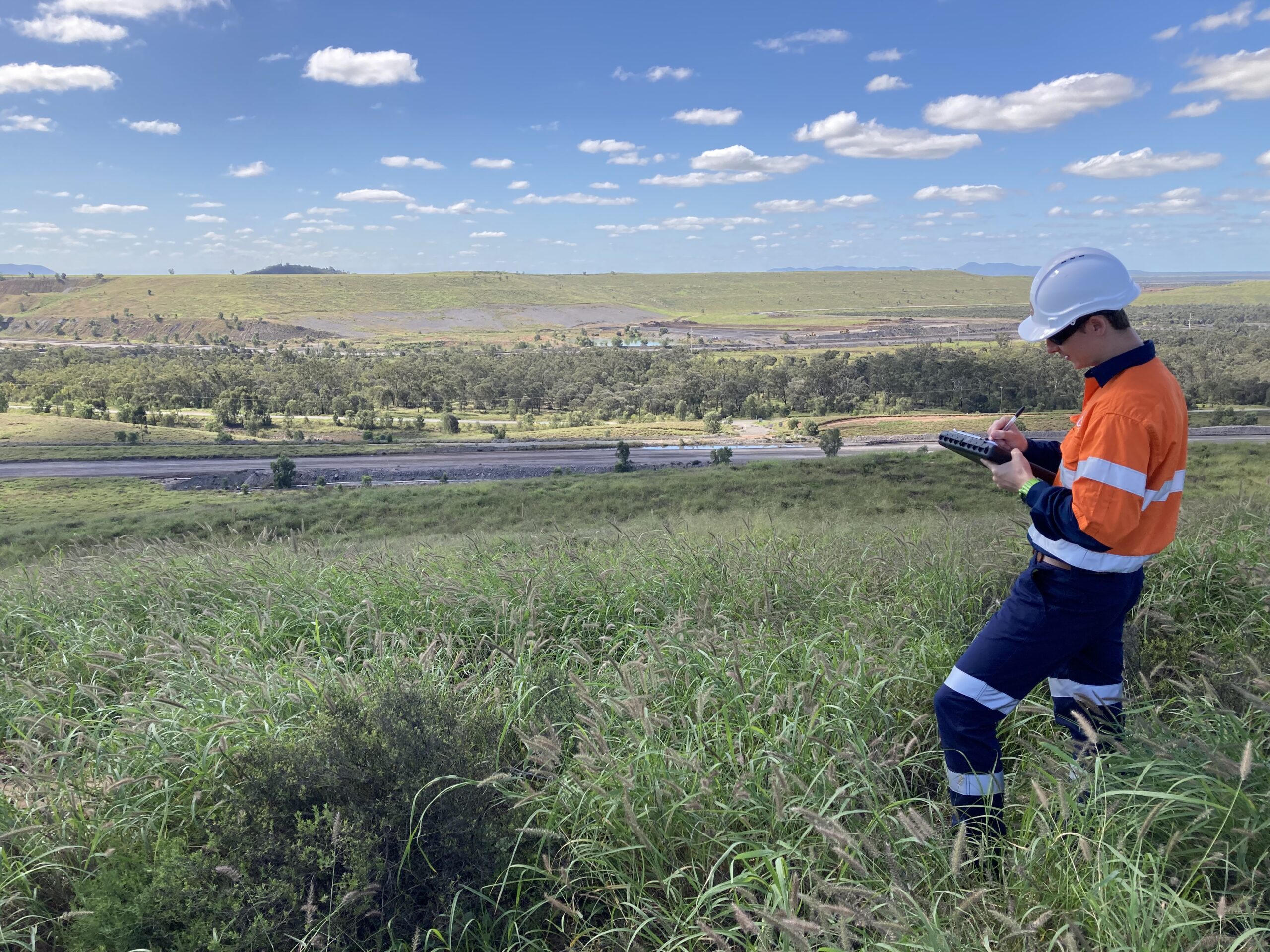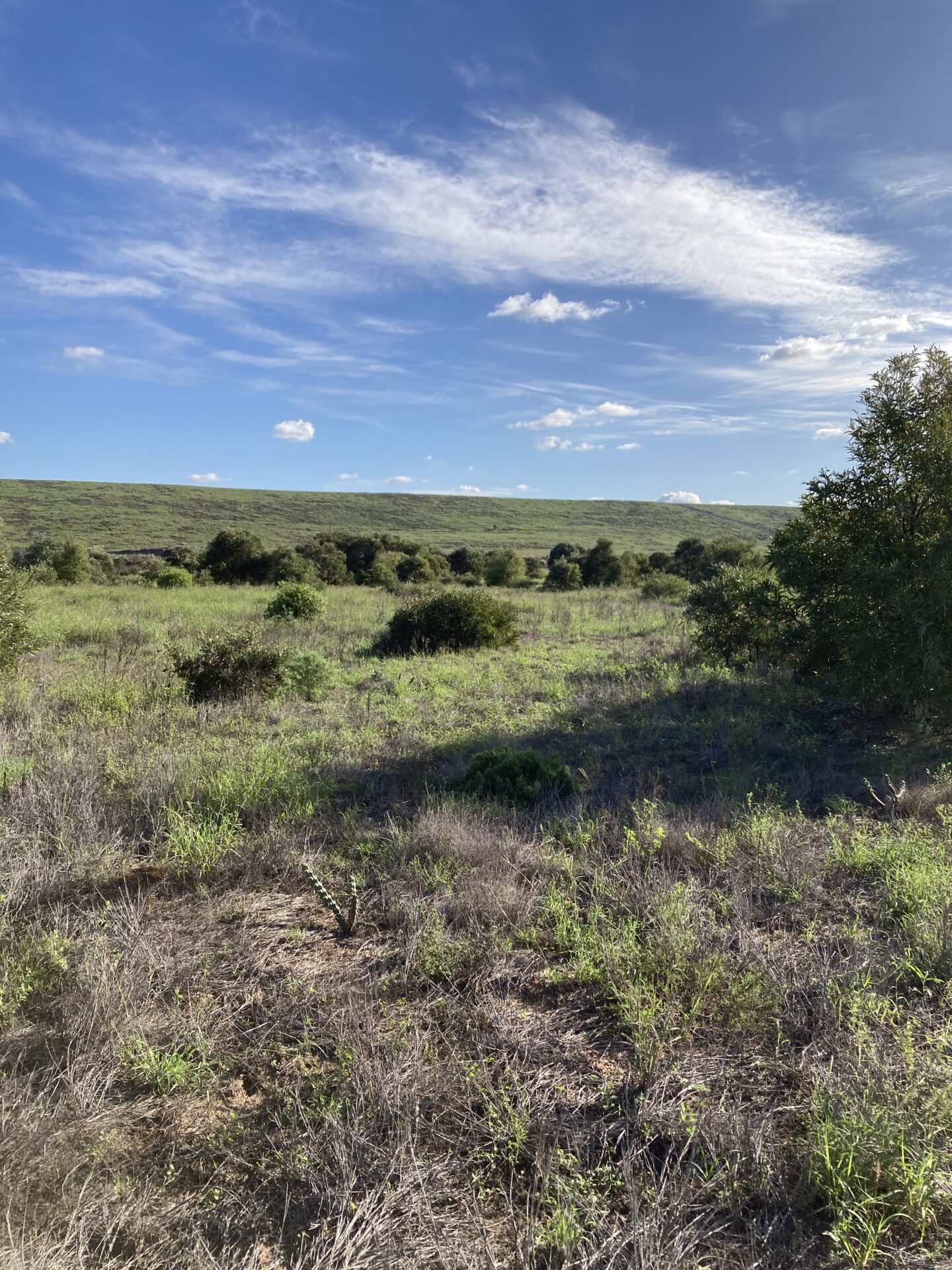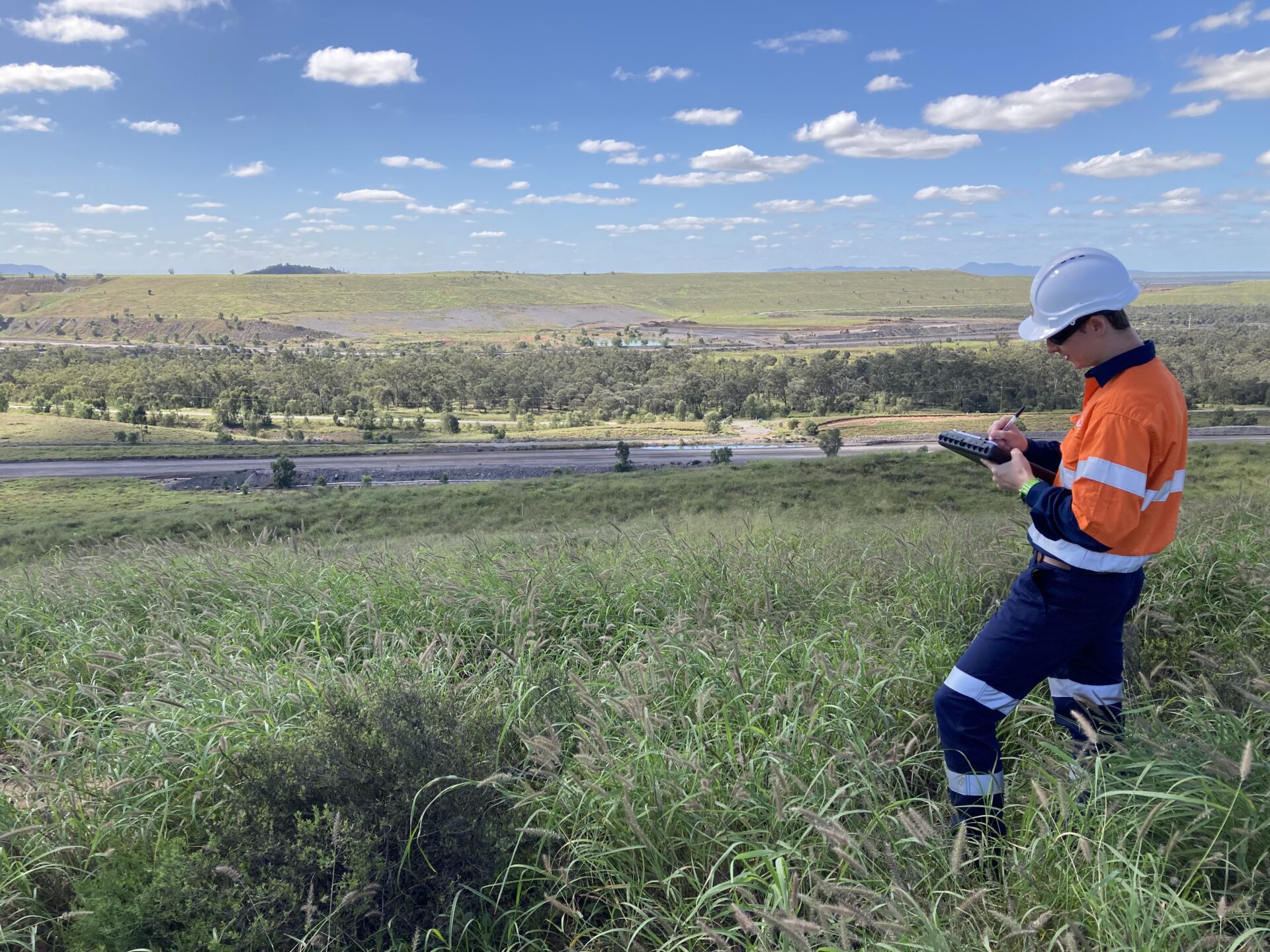Background
SGME did a gap analysis comparing existing rehabilitation with established criteria, followed by a round of rehabilitation monitoring. The rehabilitation monitoring results were used to assess current rehabilitation methods and find data deficiencies necessary for rehabilitation certification. The mine is located near the town of Nebo in Queensland. It is approximately (~) 290 kilometres south-west of Mackay and ~60 kilometres north-west of Coppabella. The nearest significant feature is Peak Range National Park.
Objective
The mine aimed to achieve rehabilitation certification by seeking guidance from SGME in critical aspects. This included strategies to enhance soil quality through practices such as soil testing and amelioration, choosing native plant species suited to the local environment, using efficient seeding and planting methods, and setting up rigorous monitoring to track advancements and maintain compliance with the environmental licence.
Solution
SGME reviewed rehabilitation monitoring reports from 2003-2019 and compiled them for analysis. The analysis involved comparing rehabilitation data to specific criteria outlined in the environmental management plan and rehabilitation management plan. Leveraging this analysis with available laboratory data, SGME developed a set of recommendations for fieldwork.
The fieldwork included vegetation and groundcover surveys, biomass assessments, erosion surveys and soil sampling. The soil samples were sent to a laboratory for analysis and, subsequently, SGME prepared a report assessing the suitability of rehabilitation for certification. The report presented additional data requirements, proposed enhancements to the monitoring program, outlined rehabilitation maintenance measures and recommended further assessment where rehabilitation was not yet suitable for rehabilitation certification.
At SGME, we’re dedicated to minimising the impacts of mining through habitat restoration and monitoring. We prioritise techniques such as revegetation to stabilise soil and protect biodiversity. Our approach includes advanced methods such as soil stabilisation and water management to enhance the resilience of restored habitats. Continuous monitoring is central to our success. By tracking habitat recovery progress and identifying potential challenges, we can make adjustments for an improved outcome.
Our strategy involves careful planning, tailored approaches for each mine, stakeholder engagement, adaptive management and a long-term commitment to ecological restoration. Clients can rely on us for thorough assessments, strategic planning, native species support, clear goals, effective monitoring, adaptive strategies and successful habitat restoration results.


